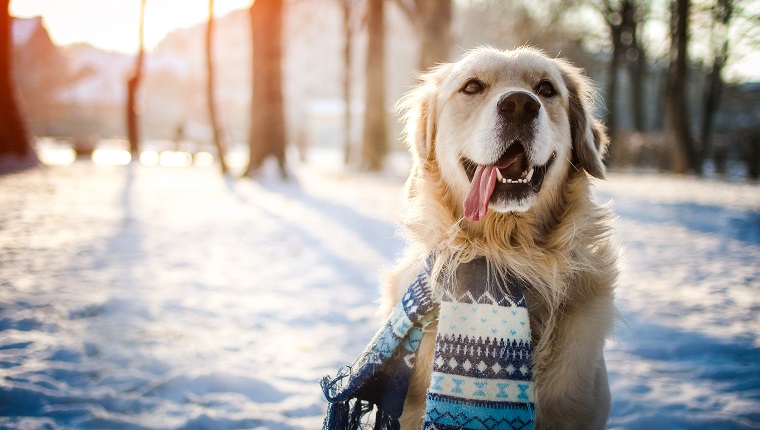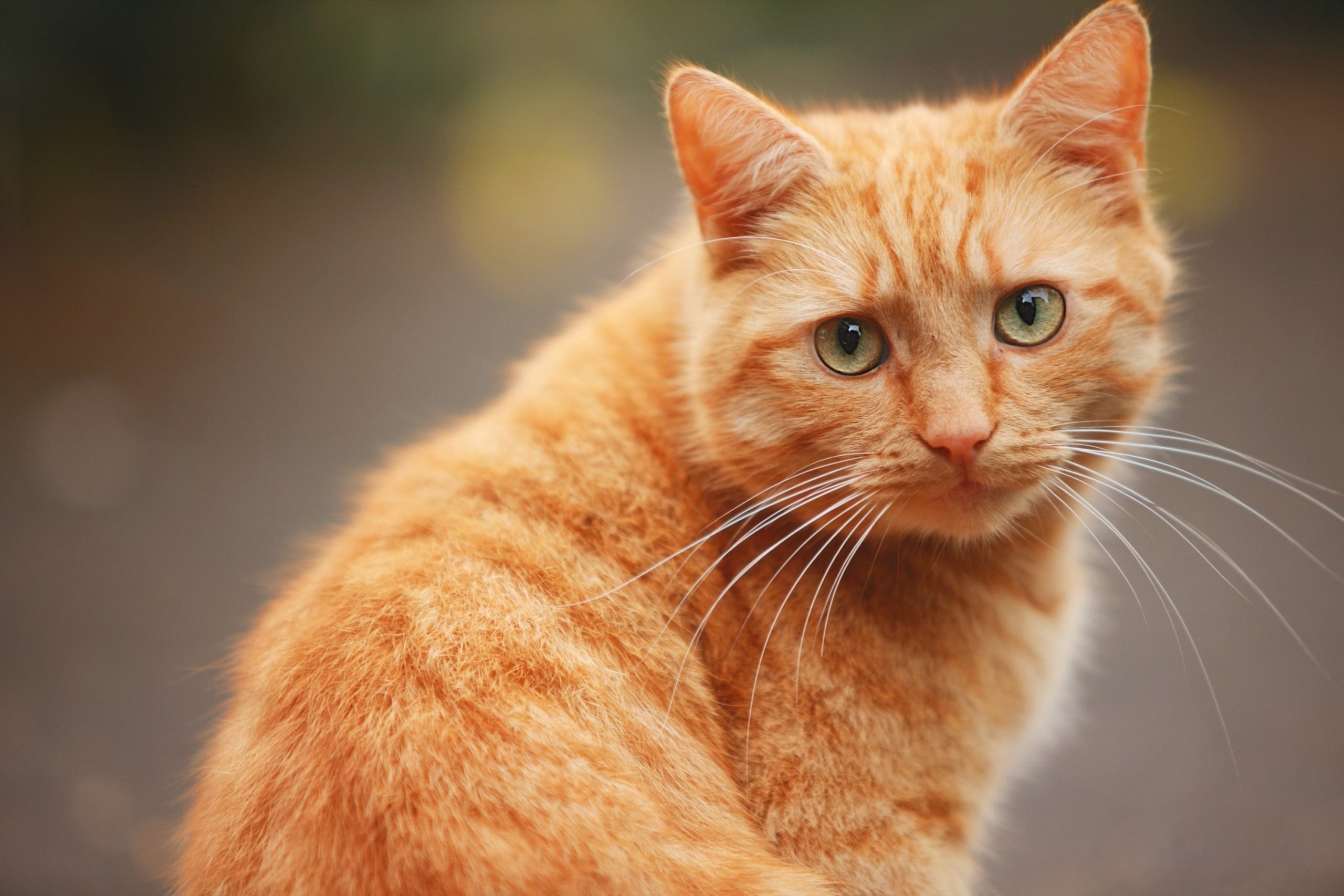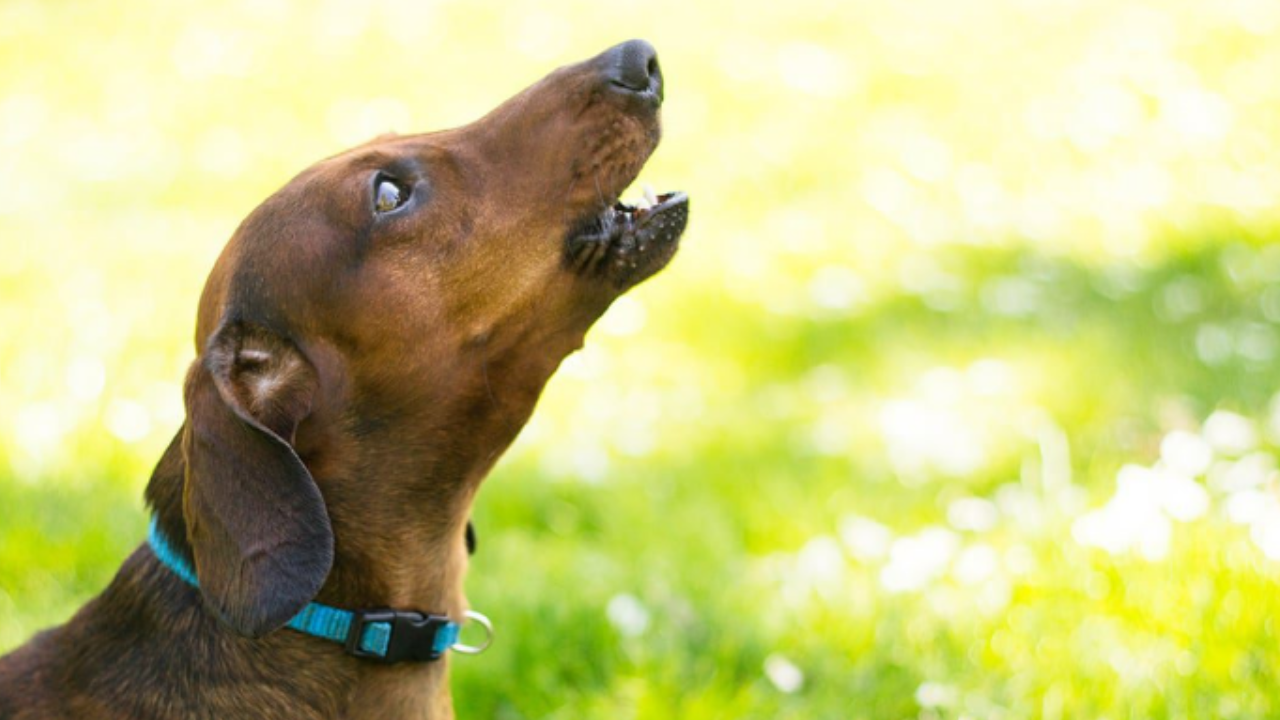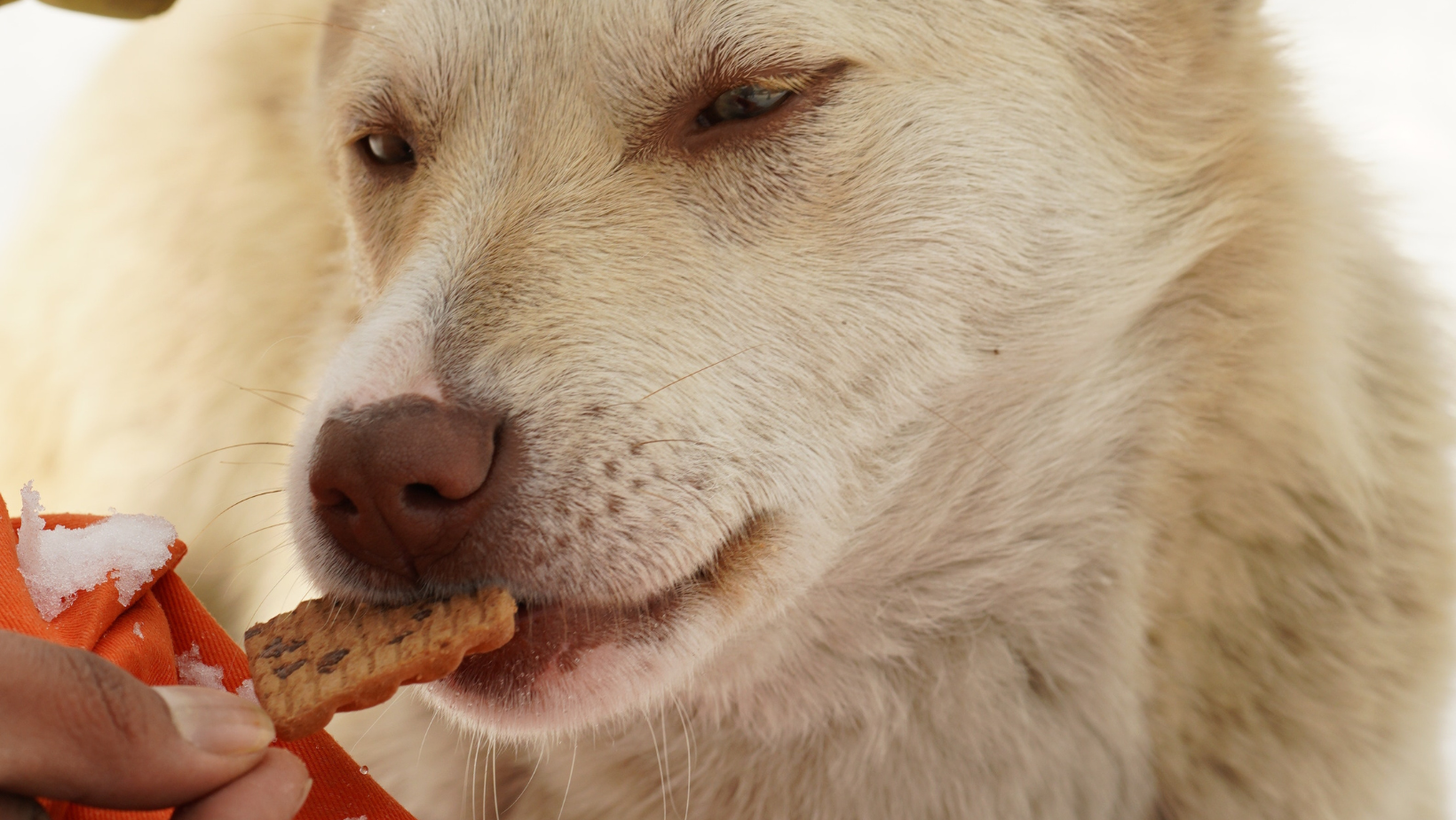9 Signs Your Pet Is Jealous (and How to Stop It)
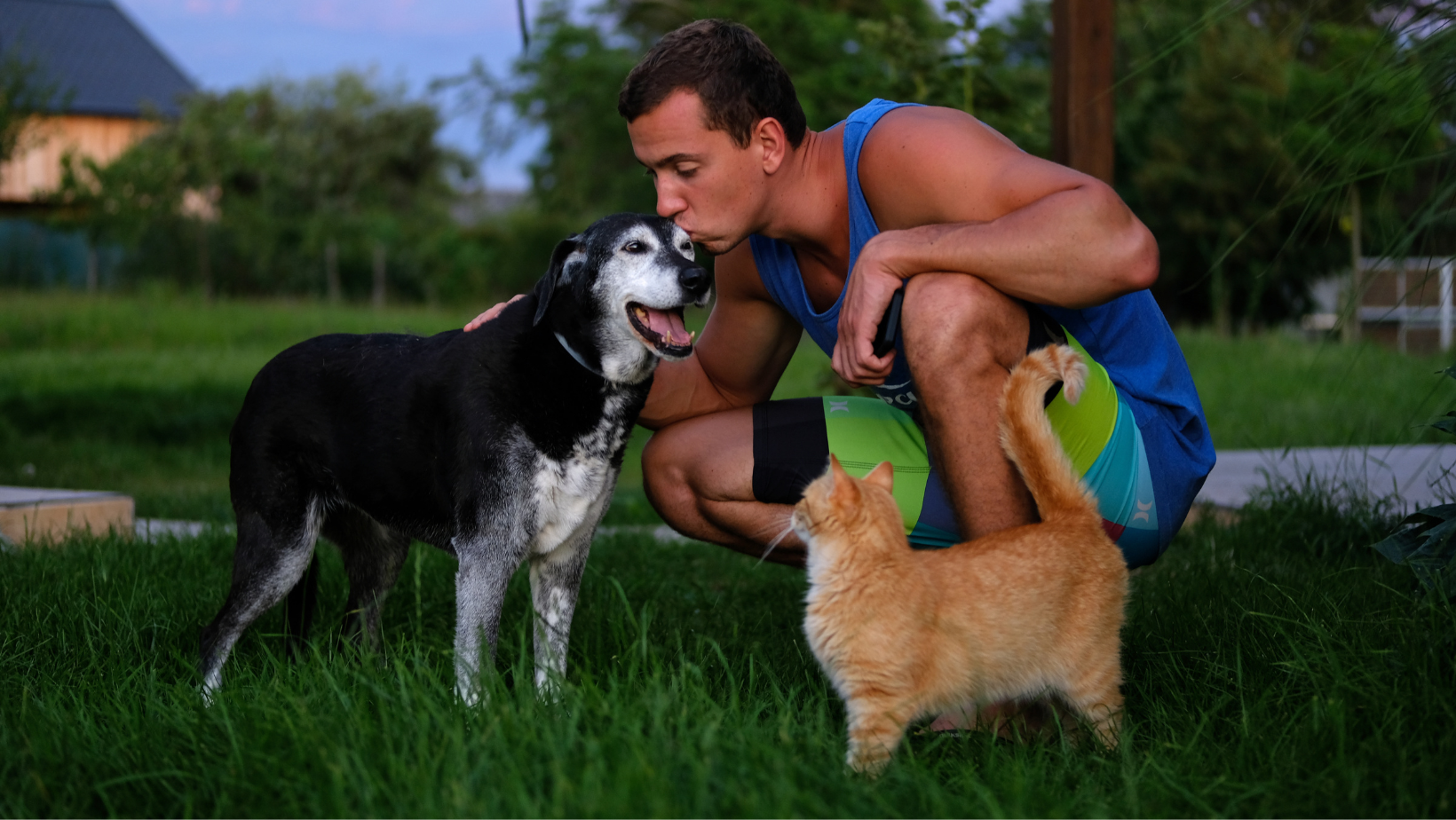
Your dog can jump in the way and push your hand away from the other animal when you try to pet it. If you’re not paying attention to your cat, they may meow excessively. But are these actions genuinely jealous ones? In this blog we will dicuss 9 Signs Your Pet Is Jealous (and How to Stop It).
Animal behaviourist Suzanne Hetts, who is also a co-owner of Animal Behavior Associates in Littleton, Colorado, says it’s unclear if cats or dogs experience jealousy in a similar way to how people do.
“In most cases, this is best characterised as a competitive scenario in which the animal is vying with another person—a human, a dog, a cat, or another animal—for something that it desires.”
Whatever you choose to call it, jealous behaviour in animals may be problematic.
9 Signs Your Pet Is Jealous:
These are some jealous behaviors in pets that you should be on the lookout for:
1. Aggression
According to Dr. Scarlett Magda, founding president of Veterinarians International, a group with headquarters in New York City, “this can frequently take the form of biting or nipping of the animal or human gaining attention over them.”
2. Going to the bathroom indoors/outside the litter box
Our dogs can’t convey their thoughts and feelings in words, so instead, they sometimes show their sentiments via behaviours. “They could be trying to tell you something if you see them pooping or urinating where they shouldn’t,” the woman said.
The first place you should go is to the vet to make sure your pet does not require medical care because having accidents in the home or using the litter box outside of the designated area might be symptoms of a health problem.
3. Paying extra attention to you (being “clingy”)
Clinging behaviour in a dog or cat may manifest as the animal snuggling up unusually close to you and then unexpectedly licking your hand or face. They are attempting to gain your attention by showing their adoration.
4. Pushy behavior
Regularly preventing another person or animal from moving freely, or forcing their way into a situation, demanding the owner’s attention.
5. Growling, hissing, or getting into a fight with another pet
This may be a problem in particular in a home with several pets when the creatures are fighting for resources and attention.
6. Trying to scare off strangers
Pets may growl, hiss, or bark viciously when their owners or visitors come.
7. Doing a trick
This is an unmistakable indication that your pet is attempting to catch your attention.
8. Crowding your space
In an effort to attract attention, cats will occasionally lay down on your desk, perch on your keyboard, or even start knocking objects off the table. “A dog may sit up and beg or sit up on its hind legs to attempt to catch your attention.”
9. Leaving the room
Pets may occasionally have an inclination to retreat when they become angry.
What Causes Jealous Behaviors in Pets?
Experts say that jealous-like actions in pets are frequently signs of boredom or an attempt to get their owners’ attention. They can experience insecurity at times, just like people do. They require individualised care, lots of snuggling, and engaging activities to prevent boredom. Our pets occasionally don’t want to share us with other animals or people; they simply want us.
According to Katenna Jones, an associate applied animal behaviourist and the proprietor of Jones Animal Behavior in Warwick, Rhode Island, jealous behaviour can be brought on by a lack of resources (only one toy for multiple pets), social conflict, a cramped environment, stress, inactivity, and genetic predisposition.
How to Stop Jealous Behavior in Pets
Here are some suggestions for lessening jealousy in a home with several pets:
- Keep a record of the situations that lead to aggressive or envious behaviour. When you see habits that you are unable to control on your own, this might be useful since you can give the list to your veterinarian or a trained animal behaviourist.
- Give each pet the same amount of attention.
- Helping your dog feel secure and at ease in their crate can help them recognise it as their own personal haven. Provide a place for cats to call their own as well.
- Feed pets separately to prevent arguments at mealtimes. Give your animals an equal number of goodies.
- When you go home, watch out for giving one pet more attention than the other or delaying attention for a while. The intensity of the emotional thrill will decrease, avoiding the emergence of aggressive behaviours.
- When walking two dogs at once, use a leash on each dog and think about using a soft leader for greater control.
- Never stroke one animal without also stroking the other.
- Have two of each toy and bed, but keep food-based items away unless they are being monitored.
The key to averting bad circumstances later on is controlling undesired habits and maintaining dogs’ mental health. Just as we do for our human children, “as pet parents, we need to cater to their physical and emotional needs. “All our animals want is to feel loved.”


